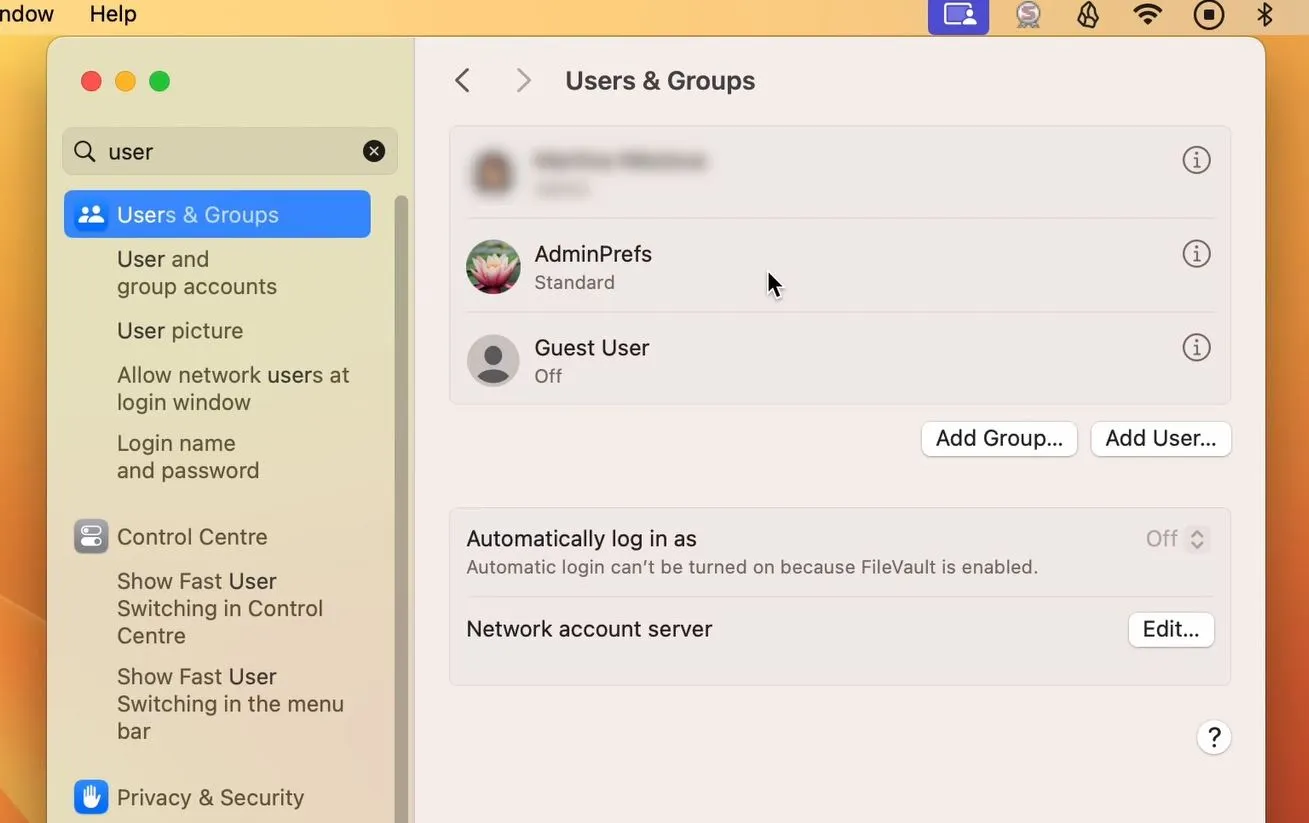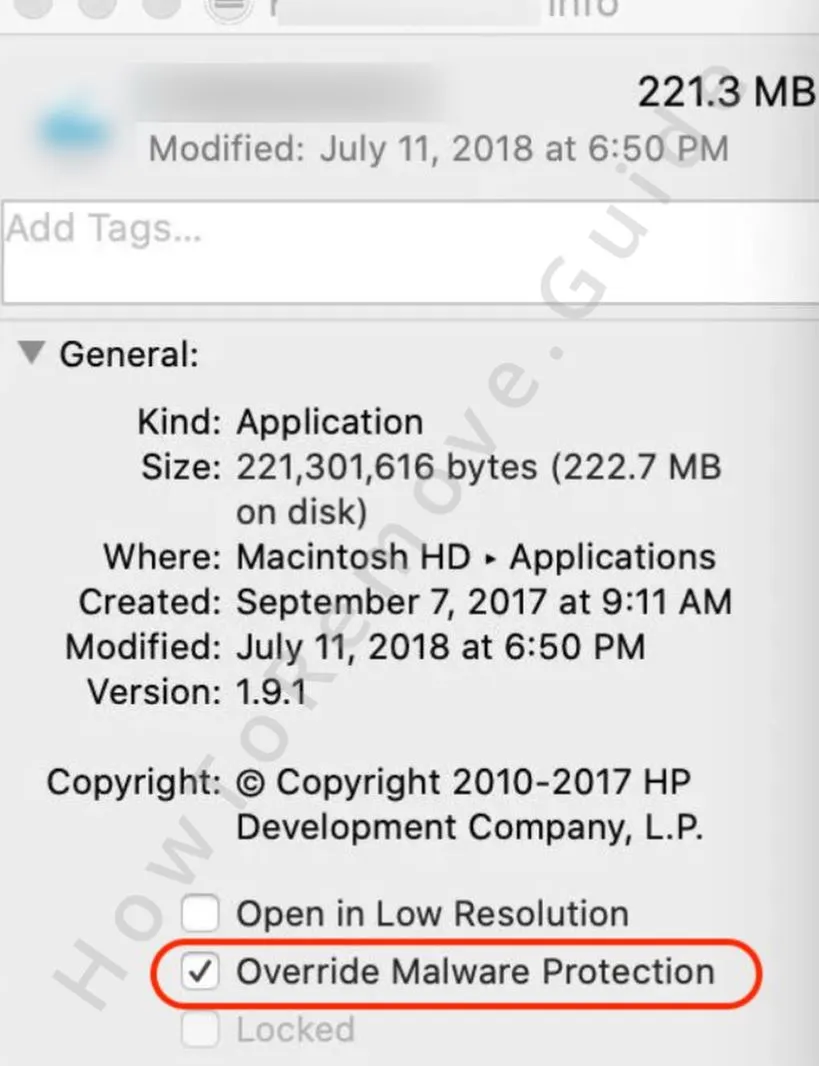Errors like “mac” will damage your computer are very common and are often caused by non-harmful software (such as outdated drivers) that is simply not verified by Apple, hence why your Mac’s security system flags it as unsafe. However, the error could also be because an actual piece of malware has found its way inside your PC.
In the case of the “mac will damage your computer” warning, our research suggests that the message is triggered by something that’s indeed unwanted and must be removed. The situation appears to be similar to widespread Mac malware like Search Marquis and Search Baron.

“Mac will damage your computer” Popup Removal Guide
If the “…will damage your computer” mac error keeps popping up, you are probably dealing with some form of unwanted software that must be removed from your system.
| Name | “mac” will damage your computer |
| Type | Adware |
| Detection Tool |
The following instructions will provide you with a manual way to hunt down and delete all rogue data so that the warning stops appearing.
- First, go to Applications and move to the Trash any sketchy newly-installed apps you might see there. Chances are, you’ve recently installed some third-party app that contains rogue components which are triggering the warning.
- Then go to the Utilities folder, open the Activity Monitor, and look for any questionable processes found there.
- Pay attention to the processes’ names and if you see anything that looks odd, double-click it, and select Sample.
IMPORTANT!: We can’t give you a specific malware process name to look for, so you must do some legwork here to identify the rogue entries. If you suspect a particular process but think it might also be from your system, look it up to see if it isn’t something essential to your system. - Once the Sample is ready, copy the file path and go to Finder, or simply click on any empty space on your desktop.
- Now click Go from the top, select Go to Folder, paste the copied file path in the search bar, and hit Enter/Return.
- Delete everything that’s in the folder that opens only if you are sure the files aren’t essential to your system.
- Next, return to the Activity Monitor, select the suspicious process, and click the X button at the top to quit it.
- Click the Apple Menu, open System Settings > Users & Groups, click the Lock icon, and enter your Admin password to unlock those settings.
- Look through the list of profiles and see if there are ones you don’t recognize. Note that malware apps will often create profiles with seemingly legitimate names like AdminPrefs, Chrome Settings, TechSignalSearch, or MainSearchPlatform.

- If you see an unrecognized profile name, click it, then click the Minus button to remove it.
- Next, go to System Settings > Security & Privacy > Full Disk Access.
- Look at the list of apps that have this permission and if you notice anything questionable or sketchy, right-click it, click Show in Folder, and delete the specific app in that folder.
- Then return to the Security & Privacy window and if the rogue app is still there, select it and click the Minus button. Do not worry about removing a non-harmful app from here, it won’t cause any problems. You can go ahead and remove the permissions for every application that seems sketchy.
This should clear up any settings modifications made by the rogue software, but you still need to delete all its files to ensure it doesn’t return and mess with your settings again.
How to Get Rid of “mac will damage your computer” Files?
Next, we’ll focus on hunting down and deleting specific rogue files that are most likely the cause of the warning message. However, no matter how attentive you are, you can always miss something, so we also recommend combining the manual steps with the removal software shown on this page.
- Next, go into Safe Mode:
- On Intel Macs, shut down the machine, press (but don’t hold) the Power button, and immediately after, long-press Shift. Once a login screen appears, release shift and log in. You may be asked to log in a second time.
- On Apple Silicon machines, shut down the computer, hold down the power button, and release it when the “Loading Startup Options” screen appears. Then select your Mac’s main volume, press and hold Shift, and click the Continue in Safe Mode option.
- Once inside Safe Mode, click the Go menu, then click Go to Folder, type “/Library/LaunchDaemons” and hit Enter.

- Click the View menu from the top and select “As List”.
- Look through the folder for files with suspicious names and delete anything you find. There are many possible examples of rogue files you can find here, so we’ll split them into three categories:
- User-reported files you’ll find in this Apple discussions thread.
- Files with names made of sequences of random letters and numbers.
- Files with any of these words in their names:
- calculator
- calender
- confcloud
- copypaste
- date
- fixer
- gettime
- helper
- hlpr
- mafntask
- moniter
- pcv
- scan
- search
- smokyashan
- systemond
- systemExtr
- spigot
- techyutil
- time
- updService
- util
- utilty
- vlm
- In the same way, go to “~/Library/LaunchAgents” and “/Library/LaunchAgents” (without the “~” symbol) folders and do the same thing there.

Once you’ve made sure all suspicious files are deleted, restart your Mac and see if the error is gone. If it still appears, go back into Safe Mode and check the three mentioned folders again, because you’ve likely missed some files that you needed to delete.
If the issue persists no matter how many suspicious files you delete, we recommend using the powerful anti-malware tool shown on this page. It does a great job of hunting down and deleting rogue data leftovers that may be triggering the warning.
How to Stop the “…will damage your computer. You should move it to the trash.” Warning
If this warning is triggered by an app you know is safe, and you don’t want to remove it, there’s an easy way to stop this message from popping up. However, know that this requires you to override your Mac’s security, so you should only proceed if you are a hundred percent certain that the app isn’t going to harm your system or expose it to danger:
- Go to the app that triggers the “…will damage your computer. You should move it to Trash.” message, right-click it and select Get Info.
- Click the Padlock and enter your Admin password to be allowed to make changes.
- Put a tick in the Override Malware Protection box, and close the window.

This should “whitelist” the app, and you’ll now be able to run it without getting the annoying “…will damage your computer” message.

Leave a Reply